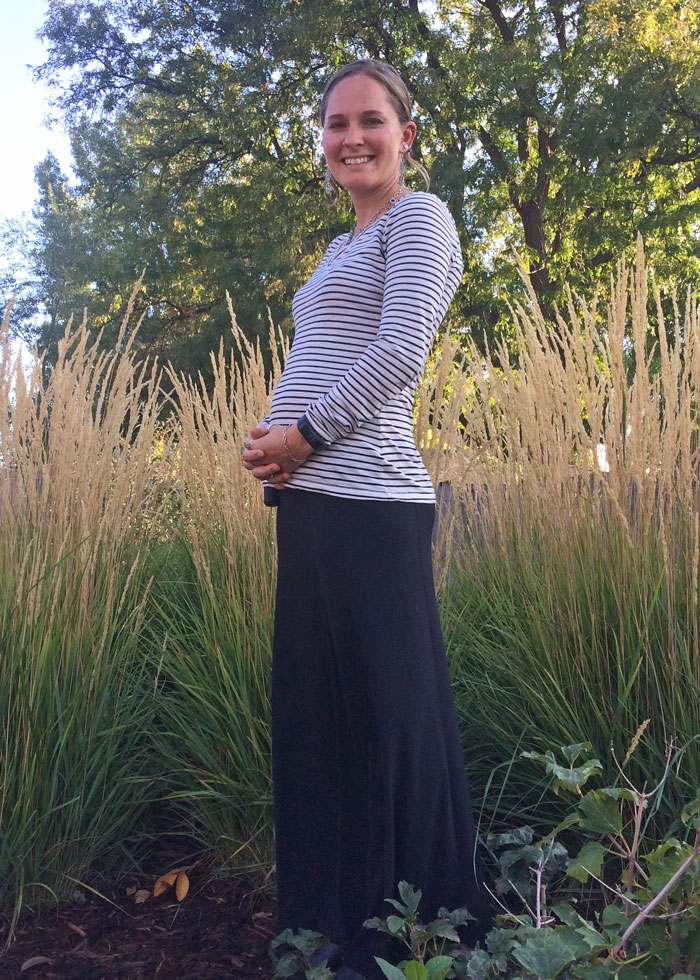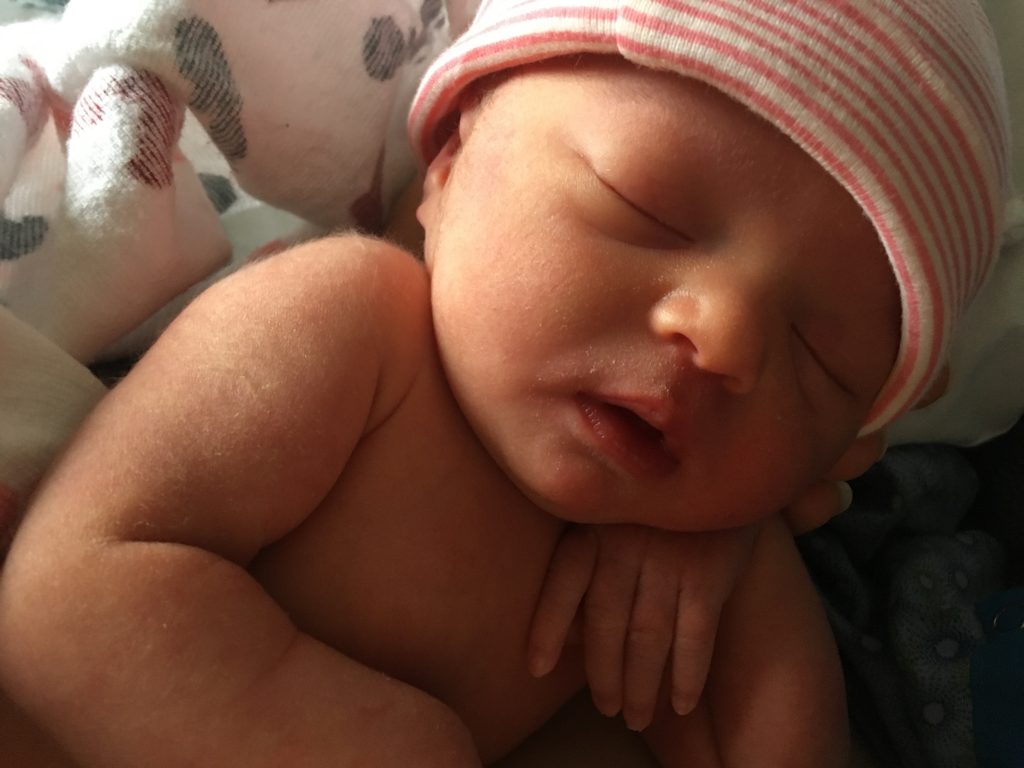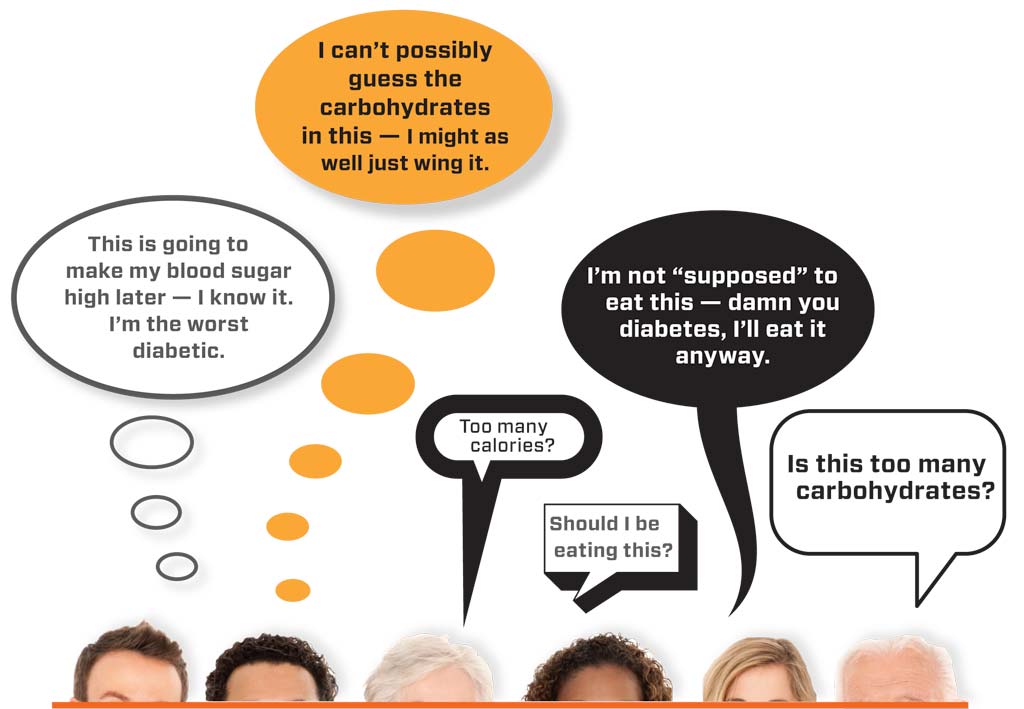How I Fulfilled My Dream of Natural Childbirth Despite My T1D
I have never let diabetes dictate my life but my MFM doctor tried


I have never let diabetes dictate my life. I’ve climbed mountains, RVed across foreign countries and traveled all over the globe. So, when it came time to start a family, I had every intention of doing it my way. I didn’t care what my diabetes had to say about it. I knew keeping my sugars in check would be a lot of work, but a must if I wanted the opportunity to have a natural birth. What I didn’t know, was the greatest threat to my birth dream wasn’t the disease itself. It was the doctors who refused to see past my diabetes to the person sitting in front of them.
If I wanted to achieve my dream of a natural, unmedicated, vaginal birth, my blood sugars needed to be close to perfect. Before I even started trying to conceive, I worked to get my A1C down to 5.2. I created a consistent work out plan and meal schedule I could carry through the pregnancy. The day I found out I was pregnant, my diabetes was in better control than it had been in the eight years since my diagnosis.
Being pregnant while diabetic is considered high risk no matter how well you take care of yourself. I knew because of that, I would be seeing a lot of my doctors. But I accepted that there would be an overabundance of appointments and lab tests.
I was saving my energy for the fight I knew was coming.
Because diabetes of any kind carries a higher risk for stillbirth and macrosomia (large baby), it’s common practice to induce labor at 37 weeks—three weeks earlier than full term. I knew that the earlier induction was performed, the higher my chances of needing a c-section.
I had done my research. The picture it painted made my desire for a natural birth seem unrealistic. But I also knew that type 1 diabetes itself—assuming no pre-existing complications—did not cause problems during pregnancy. It was only poorly controlled blood sugars that would negatively affect the fetus. So, I continued working hard to keep my sugars in check. I lowered the high alarms on my CGM. I got up in the middle of the night to check my numbers. I ate the same meals and snacks every day. And I adjusted my insulin amounts at any sign of trouble. By the end of month two, I had my A1C down to 4.7.

It took an insane amount of work. And caused a lot of anxiety. Anytime my sugars peaked over 140 I assumed I had just damaged my baby, or worse. I always kept glucose tabs with me to catch the lows that were the inevitable consequence of aiming for sugars between 60 and 90. It was almost too much stress to deal with. Then, at 12 weeks, I found out I was having a so-far healthy baby girl. That was all the encouragement I needed to keep going.
At 20 weeks I had an anatomy scan with the local Maternal-Fetal Medicine (MFM) doctor. I knew that out of my endocrinologist, my OB, and my MFM, it was the MFM that had the most say in when and how I would deliver. I prepared for the appointment by printing off journal articles. They all said the same thing that I had believed from the beginning: Induction was unnecessary in type 1 with well-controlled diabetes and no complications.
After the ultrasound revealed a perfectly healthy baby, I took a deep breath and asked the MFM his thoughts on not inducing before 40 weeks. After a surprisingly heated discussion, he crumpled up the article I had handed him without looking at it. Then ended the conversation by him saying,
“You can do whatever you want, but I’m not in the habit of delivering dead babies.”
I barely made it to the elevator before I burst out crying.
That doctor knew almost nothing about me. He knew my A1C was 4.7 and my baby was perfectly healthy. And yet he had already made up his mind about me and my future when he saw “Diabetic” listed in my file. To him, I was a statistic. Not a person.
Unfortunately, the MFM doctor’s shortsighted opinion of me didn’t stay confined to his office. After my final appointment with him to check the health of the baby at 24 weeks (it was perfect again) he called my other doctors. He told them that he believed I had been lying about my blood sugars. And that I was incapable of achieving a healthy fasting blood sugar below 90. I almost laughed when my endocrinologist told me this. How on earth could he know anything about my blood sugars—we had NEVER discussed them. The most he knew of my numbers was my A1C. All other ideas about me came from his disbelief that a diabetic could maintain healthy blood sugars. His fears were unfounded. But that didn’t stop my doctors from scolding me about my sugars.
I couldn’t believe it. Suddenly, I was being chastised for controlling my diabetes TOO well. I felt defeated.
I knew my numbers were fine. I had one to three lows daily, but they were minor and always quickly corrected. And completely unavoidable if I was to keep my sugars in the window dictated by the ADA.
As I moved through my third trimester, I made a point not to bring up my birth plans with my doctor. I was too traumatized from my conversation with the MFM. By then I had twice weekly appointments with my OB for nonstress tests and biophysical profiles. To that point, my baby had passed every single test with flying colors. Her progress reaffirmed my plan to refuse induction before 39 weeks. Maybe even 40. As long as there continued to be no complications.
I should have known that life for a diabetic could never go that smoothly.
At 32 weeks my baby’s growth rate stalled. By 36 weeks and 5 days, her growth had declined and they labeled her as having an intrauterine growth restriction. Even though she was still passing every test without issue, the MFM urged my doctor to induce me right away. Again, I was defeated. I had worked so hard to keep my sugars controlled to avoid an induction. And now, something not even related to my diabetes would force me to be induced at 37 weeks. I was too hormonal to see the irony in it.
Knowing that I wanted to deliver as naturally as possible, my OB chose the procedure with the lowest fail rate. It was a slow process, but I stayed focused. I excepted the drugs needed for the induction but refused anything that was unnecessary. After four days, my persistence—and nine months of grueling diabetes management—paid off. I delivered my daughter naturally with minimal intervention.
 Seventeen ultrasounds. Thirty-six appointments. Sixty-eight hours of labor. And countless arguments with my doctors…
Seventeen ultrasounds. Thirty-six appointments. Sixty-eight hours of labor. And countless arguments with my doctors…
All worth it to bring my amazing, perfectly healthy daughter into this world on my terms.
…Or, as close as I could get anyway.







